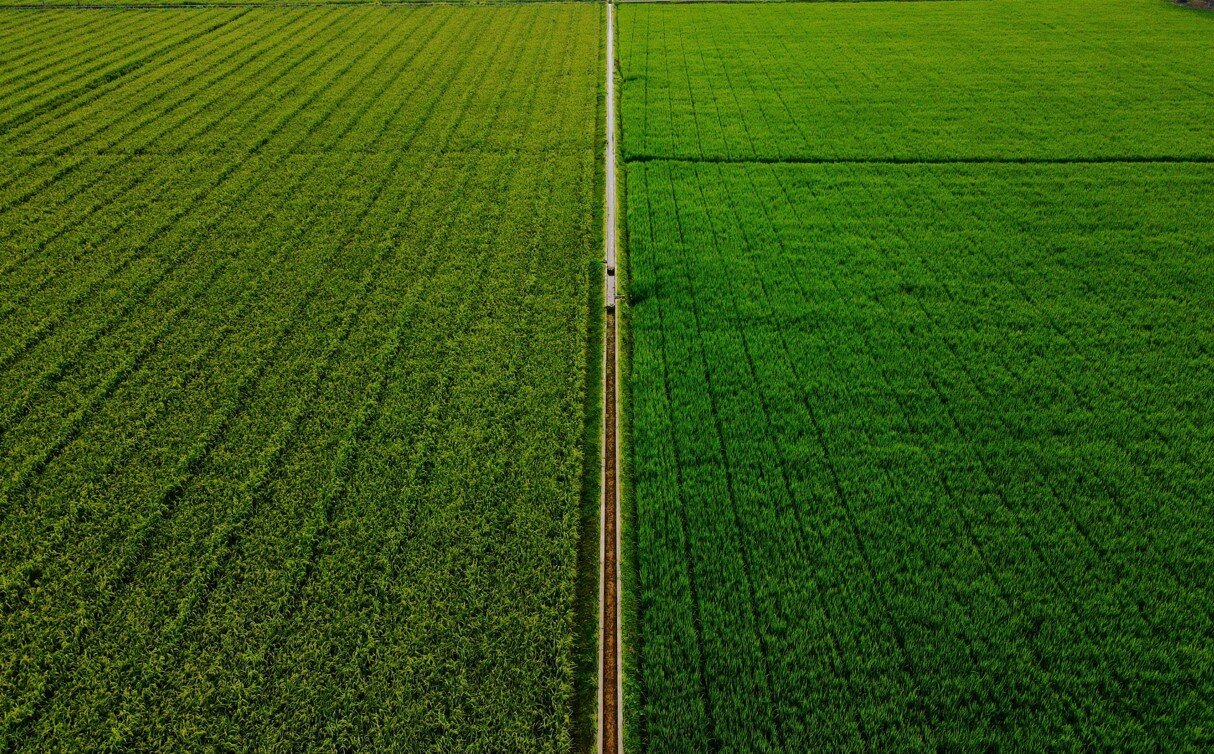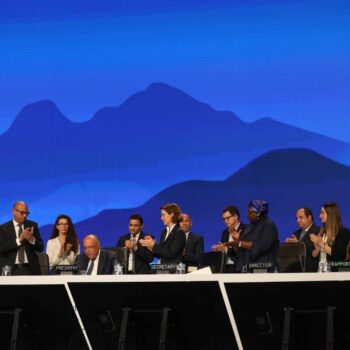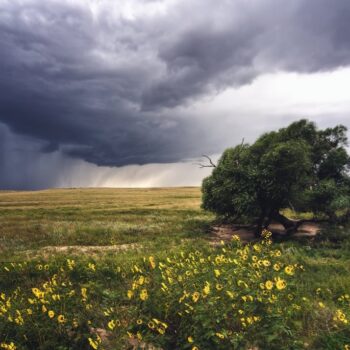This event, co-hosted by E3G on December 8, was held in the framework of the OECD Multilateral Development Finance Week 2022. It discussed the challenges associated with biodiversity and land use finance. The discussion featured speakers from other think tanks, development agencies and the private sector.
Speakers
- Moderator: Laura Sabogal – Policy Advisor for E3G’s Public Banks team.
- Santiago Woollands – Climate and Energy Policy Analyst at NewClimate Institute.
- Dr. Helena Wright – Policy Director at FAIRR Initiative; Policy Director at Coller Foundation.
- Johanna Riedmann – Advisor for LULUCF/mitigation/climate finance – NAMA Facility
Event summary: Boosting multilateral investments for biodiversity
The webinar presented insights of the challenges and lessons learnt associated with biodiversity and land use financial flows. Current public and private financial flows have a disproportionately negative impact on biodiversity, further intensifying the fastest decline of wildlife and ecosystems in history. Governments globally are allocating approximately $500 billion annually in activities that are potentially detrimental to biodiversity. Overall, the total amount of financial flows (both private and public expenditure) which are harmful to biodiversity is likely to be significantly larger. This situation is further aggravated by the ever-widening financial gap in addressing this challenge. According to the OECD, only between $78 and $91 billion are channelled annually to the global protection of biodiversity, whilst the resources needed to tackle this issue are estimated at $700 billion. In this context, the role of multilateral finance cannot be understated. However, it is important to highlight that the potential contributions of multilateral financiers, e.g., multilateral development banks (MDBs), extend beyond simply financing biodiversity-positive projects and activities and include the provision of policy thought leadership and their ability to convene private and public stakeholders.
Johanna Riedmann from the NAMA Facility shared some of the lessons learnt of the Agriculture Forestry and Other Land Use (AFOLU) sector in the NAMA Facility Portfolio over the last decade. Some of these related to the complexity of the projects the NAMA Facility funds due to the various of levels of governance and the wide range of stakeholders involved. As such, the need for participatory approaches was highlighted. In addition to this, Johanna shared that the outreach of banks in rural areas can be problematic, thus, resulting in informal financial services playing a prominent role. Finally, the importance of safeguards, (i.e., social, environmental and economic) as a key building block to ensuring the sustainability of projects, was underlined.
Santiago Woollands from NewClimate Institute (NCI) shared insights from NCIs latest report on “Development Finance in the Land Sector”, which took stock of the progress achieved towards Paris Alignment by a set of MDBs and Development Finance Institutions (DFIs) by looking at their sectoral strategies, targets and plans. According to the data collected, these financiers have not yet mainstreamed Paris alignment in the land sector. On the contrary, the current focus of the strategies of these banks lies on efficiency rather than on transformation. In this respect, Santigo shared some recommendations for MDBs and DFIs. These included the need for MDBs and DFIs to mainstream Paris alignment holistically in their sectoral, country and project levels. To achieve this, one step that MDBs and DFIs can take is to develop specific Paris alignment screening criteria for different economic activities in the land sector. Relatedly, it is also important that MDBs and DFIs not only focus on efficiency as a mitigation strategy. Finally, Santiago emphasised the role MDBs and DFIs can play in the transformation of the land sector by targeting alternative protein value.
Finally, Dr. Helena Wright from FAIRR Initiative shared insights of the FAIRR network, the fastest-growing ESG network with $70 trillion of assets. This group of investors are addressing biodiversity risks associated with the current production patterns of global food systems. Some of the companies in FAIRR engagements supply some of the biggest food retailers. As such, FAIRR developed an Index to assess the level of risk of these companies in terms of GHG emissions, deforestation, waste and water. The data shows that nearly 70% of these companies are at ‘high risk’ of greenhouse gas (GHG) emissions. This results in substantial economic and social impacts which endanger human health and food security. However, on the positive side, Helena also shared data showing that private investment in sustainable protein and plant-based food is increasing. Similarly, the interest of government stakeholders and the overall market share is also increasing. Nevertheless, there is still ample room for policymakers to act on food systems given that $520 billion are still disbursed annually in the form of subsidies for agricultural production, which are detrimental to biodiversity.


